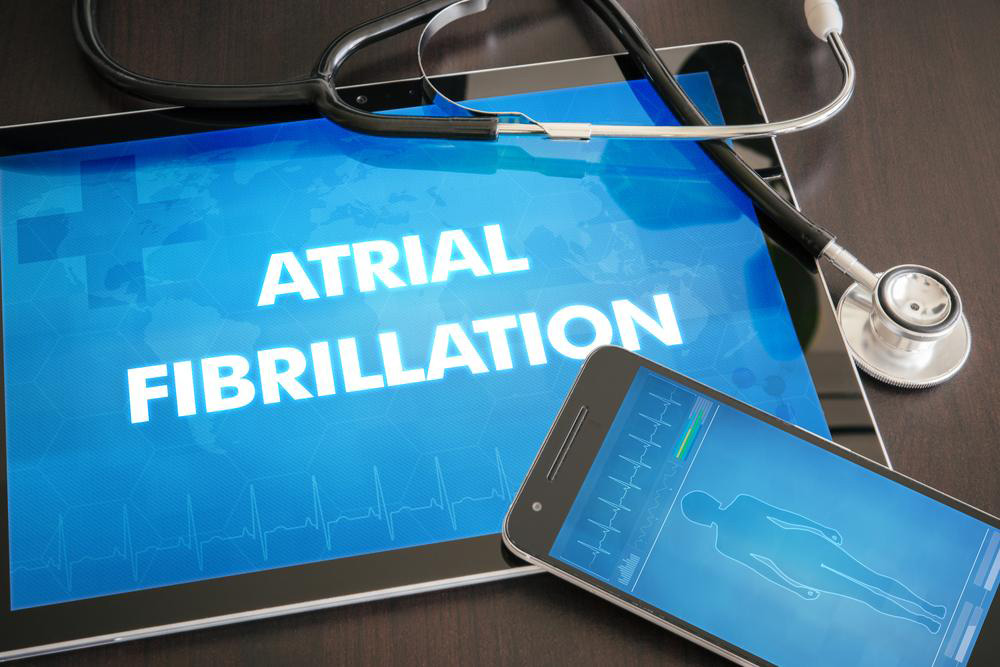Complete Overview of Atrial Fibrillation: Causes, Symptoms, Diagnostic Methods, and Treatment Options
This comprehensive guide delves deep into atrial fibrillation, covering its causes, symptoms, diagnostic procedures, and treatment options. It emphasizes the importance of early detection, lifestyle modifications, and medical interventions to manage this common heart rhythm disorder effectively. Suitable for individuals seeking thorough understanding or managing AFib, this article provides insights into prevention and treatment strategies to improve heart health and reduce associated risks.

In-Depth Insight into Atrial Fibrillation: Causes, Symptoms, and Effective Management
All You Need to Know About Atrial Fibrillation (AFib)
Atrial fibrillation, commonly referred to as AFib, is a prevalent cardiac arrhythmia characterized by irregular and often rapid heartbeat episodes that disrupt the heart's normal rhythm. In a healthy heart, the upper chambers (atria) and lower chambers (ventricles) beat in a coordinated manner to ensure efficient blood circulation throughout the body. However, in AFib, this synchronization is compromised, leading to inefficient pumping and increasing the risk of complications such as stroke and heart failure. Addressing AFib involves various treatment strategies, including medications, surgical procedures, and minimally invasive interventions aimed at restoring normal heart rhythm and preventing adverse outcomes.
Understanding the Causes of Atrial Fibrillation
Several factors contribute to the development of AFib. These include genetic predispositions, lifestyle choices, and underlying health conditions. The genetic component suggests that individuals with a family history of AFib are at higher risk. Lifestyle factors such as excessive alcohol consumption can act as triggers for AFib episodes, especially in susceptible individuals. Heart valve disorders, which involve malformations or damage to the heart valves, can disrupt normal electrical activity in the heart and lead to AFib. Hypertension, or high blood pressure, is a significant contributor by exerting extra stress on the heart muscle, potentially causing structural changes that predispose to arrhythmias.
Other causes include viral infections affecting the heart, hyperthyroidism (overactive thyroid), and various metabolic conditions such as diabetes and electrolyte imbalances. Understanding these causes is crucial for preventing or managing AFib effectively, especially for individuals with known risk factors.
Major Risk Factors Associated with Atrial Fibrillation
While common causes are pivotal, certain risk factors significantly increase the likelihood of developing AFib. Respiratory issues like chronic obstructive pulmonary disease (COPD) and sleep apnea impair oxygen exchange and put additional strain on the heart, raising AFib risk. Metabolic disorders such as diabetes and obesity further amplify this risk by contributing to systemic inflammation and cardiovascular strain.
Pre-existing heart conditions, including heart failure, congenital heart defects, and coronary artery disease, create an environment conducive to electrical disturbances within the heart. Age remains the most prominent risk factor, with the prevalence of AFib increasing substantially in individuals over 60 years old due to natural age-related changes in cardiac tissue and electrical conduction pathways.
Recognizable Symptoms of Atrial Fibrillation
Detecting AFib involves recognizing characteristic symptoms. Patients may experience an irregular, rapid heartbeat that can feel palpitations, a sensation of fluttering or pounding in the chest. Fatigue and weakness are common, often resulting from decreased cardiac efficiency. Dizziness, lightheadedness, and occasional confusion may occur due to reduced blood flow to the brain. Shortness of breath and chest discomfort or pain are also typical during episodes. Moreover, profuse sweating or diaphoretic episodes frequently accompany some AFib attacks, indicating significant physiological stress.
Symptom awareness is essential for timely diagnosis and treatment, particularly since some individuals with AFib may be asymptomatic but still at risk for serious complications like strokes.
Diagnostics and Tests for Atrial Fibrillation
Diagnosing AFib involves a comprehensive medical evaluation, starting with a detailed physical exam and thorough review of medical history. Monitoring symptoms over time, including the occurrence and duration of episodes, aids in diagnosis accuracy. The primary diagnostic tool is the electrocardiogram (ECG), which records electrical activity in the heart and reveals characteristic irregularities specific to AFib.
Additional tests to assess structural and functional heart health include echocardiograms, which provide real-time imaging of heart chambers and valves. Chest X-rays may be used to identify underlying pulmonary issues or heart enlargement. Stress tests evaluate heart response to physical exertion, while blood tests assess thyroid function, electrolyte levels, and other metabolic parameters contributing to arrhythmias.
Early and precise diagnosis is critical in managing AFib and preventing life-threatening complications.
Standard Treatments and Interventional Procedures for AFib
Various therapeutic approaches exist to manage AFib, with the primary goal being the restoration and maintenance of normal sinus rhythm and prevention of stroke. Pharmacological treatments include antiarrhythmic drugs and anticoagulants. Antiarrhythmic medications help stabilize electrical activity, reducing the frequency and severity of episodes. Meanwhile, blood thinners or anticoagulants such as warfarin or novel agents like dabigatran are used to prevent stroke caused by blood clots forming in the atria during irregular beats.
In cases where medications are insufficient, invasive procedures may be employed. Electrical cardioversion involves delivering a controlled shock to the heart to reset its rhythm. Catheter ablation targets the areas of abnormal electrical activity using radiofrequency energy or cryotherapy, effectively destroying tissue causing irregular signals. The surgical maze procedure creates scar tissue to block abnormal electrical pathways. In some cases, AV node ablation with pacemaker implantation is performed to control heart rate when other options are unsuitable or ineffective.
Each treatment plan is tailored to individual patient needs, considering the severity of AFib and underlying health conditions.
Medications Commonly Used to Treat Atrial Fibrillation
Medications play a pivotal role in AFib management. Anticoagulants help prevent stroke by reducing clot formation, with options including warfarin and newer oral anticoagulants like rivaroxaban and apixaban. Antiarrhythmic drugs such as amiodarone, sotalol, and flecainide are prescribed to restore and maintain normal heart rhythm. Beta-blockers and calcium channel blockers help control the heart rate during AFib episodes, alleviating symptoms and reducing cardiac stress.
Regular medication adherence and monitoring are essential to optimize treatment effectiveness and minimize side effects.
Preventive and Lifestyle Strategies for Managing AFib Risk
Preventing or managing AFib impairment involves lifestyle modifications. Maintaining a regular exercise routine helps keep a healthy weight and promotes cardiovascular health. A balanced diet low in saturated fats, salt, and cholesterol supports heart function. Avoiding smoking, limiting alcohol intake, and moderating caffeine consumption can reduce the frequency of AFib episodes. Additionally, managing blood pressure, blood sugar levels, and cholesterol through medication and lifestyle changes is vital in lowering AFib risk.
Regular health screenings, stress management, and adherence to medical advice significantly contribute to reducing the likelihood of AFib development and progression.





